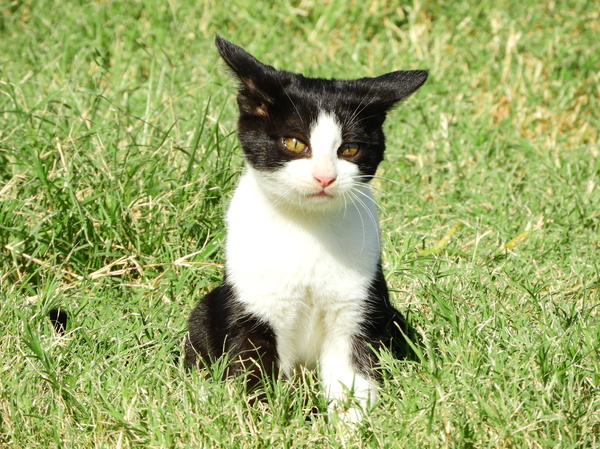
Cat litter and litter boxes play a critical role in the lives of both cats and their owners. From the simple starts of sand and soil to the ingenious advancements of today, the world of cat litter has progressed substantially. In this comprehensive guide, we explore every aspect of cat litter and litter boxes, exploring their history, types, benefits, difficulties, and everything in between.
The history of cat litter dates back centuries, with ancient civilizations using sand, soil, and even ashes as primitive litter materials. However, it wasn't up until the mid-20th century that contemporary cat litter as we know it emerged. In 1947, Edward copyright introduced the world's first industrial cat litter made from absorbent clay, reinventing the method felines relieved themselves inside your home. Considering that then, cat litter has actually gone through various changes, with the introduction of clumping litter, silica gel litter, naturally degradable choices, and more.
Today, cat owners are spoiled for choice when it pertains to picking the ideal litter for their feline buddies. Conventional clay litter remains popular for its affordability and effectiveness in absorbing smells. Clumping litter, which forms strong clumps when wet, streamlines cleaning and maintenance. Silica gel litter, made up of extremely absorbent silica crystals, provides superior odor control and durability. Eco-friendly choices, such as recycled paper, wood pellets, corn, and wheat, attract environmentally mindful consumers.
Each type of cat litter offers distinct advantages. Clay litter masters its capability to take in moisture and control smells, making it a trusted option for numerous cat owners. Clumping litter streamlines everyday scooping and extends the time between total litter modifications. Silica gel litter provides extraordinary odor control and can last longer between replacements. Eco-friendly litters provide a sustainable alternative that decreases ecological effect.
While cat litter improves indoor feline hygiene, it is not without its difficulties. Dust from clay litter can pose breathing risks for both felines and people, triggering the appeal of dust-free alternatives. Some felines may establish litter box aversion due to concerns with texture, fragrance, or cleanliness, demanding experimentation with different litters and box setups. Multi-cat homes might require tactical litter box placement and regular maintenance to avoid territorial conflicts and ensure all felines have access to clean centers.
Selecting the proper litter box is important for promoting favorable litter box habits and total feline Pine Pellet Cat Litter well-being. Aspects to consider consist of size, accessibility, and style preferences. Covered litter boxes offer personal privacy and assistance consist of odors, however some cats might find them restricting or intimidating. Open-top litter boxes provide simple gain access to and exposure however may lead to more litter scatter. Automatic self-cleaning litter boxes streamline maintenance however require routine monitoring and maintenance.
Correct litter box maintenance is essential for making sure a clean and inviting environment for both cats and their owners. Daily scooping gets rid of waste quickly, decreasing odor and dissuading litter box hostility. Regular litter replacement, usually every 1-2 weeks, avoids bacterial buildup and preserves optimum absorbency. Thorough cleansing with mild cat litter tray cleaning agent and water, preventing harsh chemicals that may prevent felines from utilizing package, should be performed monthly.
Cat litter and litter boxes play a main role in cultivating a healthy and harmonious relationship Pine Pellet Cat Litter between felines and their human buddies. With a diverse variety of litter alternatives and litter box designs available, cat owners have the versatility to tailor their choices to fit their felines' preferences and household needs. By comprehending the advancement, types, benefits, and challenges of cat litter and litter boxes, animal owners can offer their feline pals with a comfy and sanitary indoor environment.